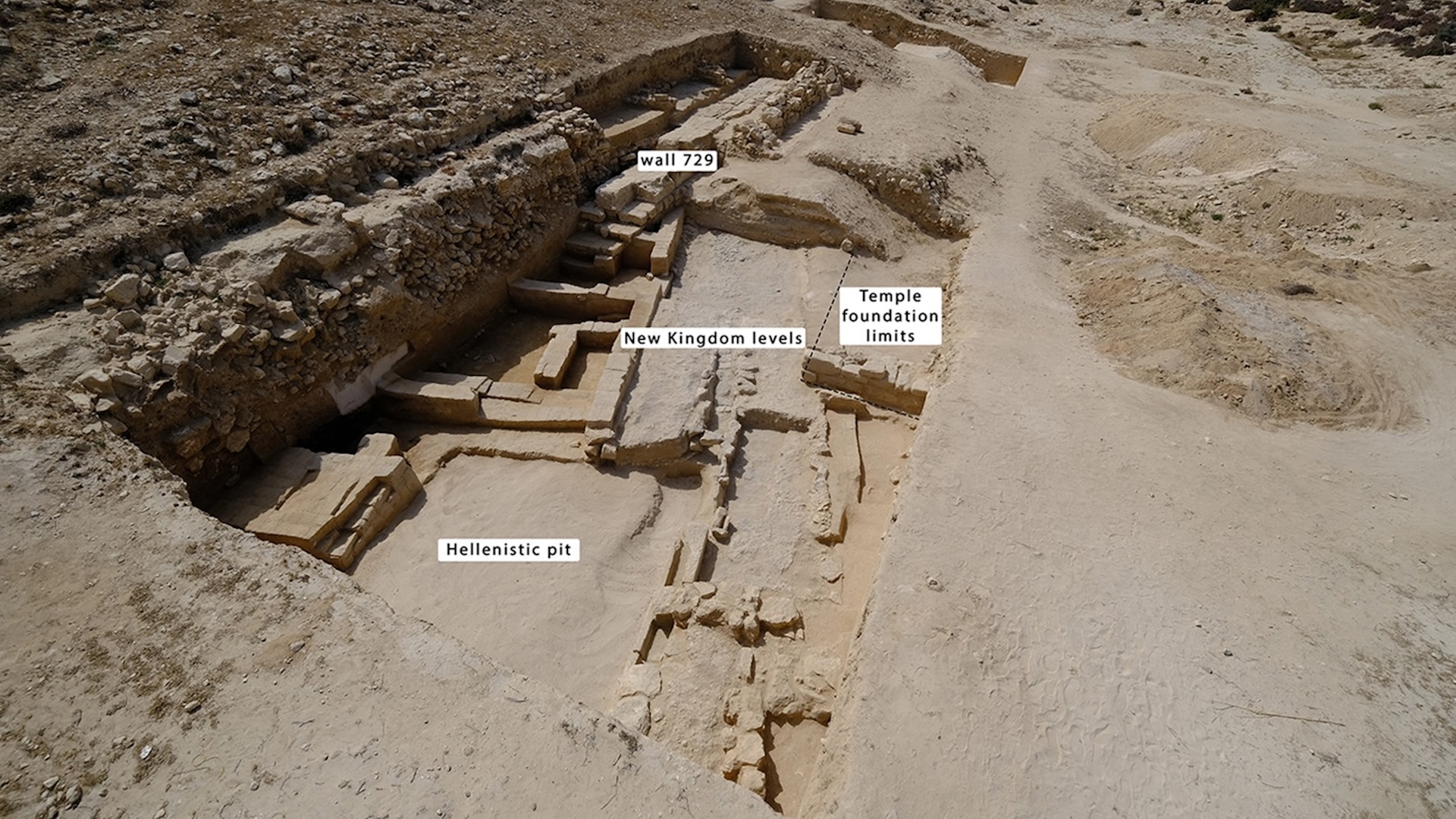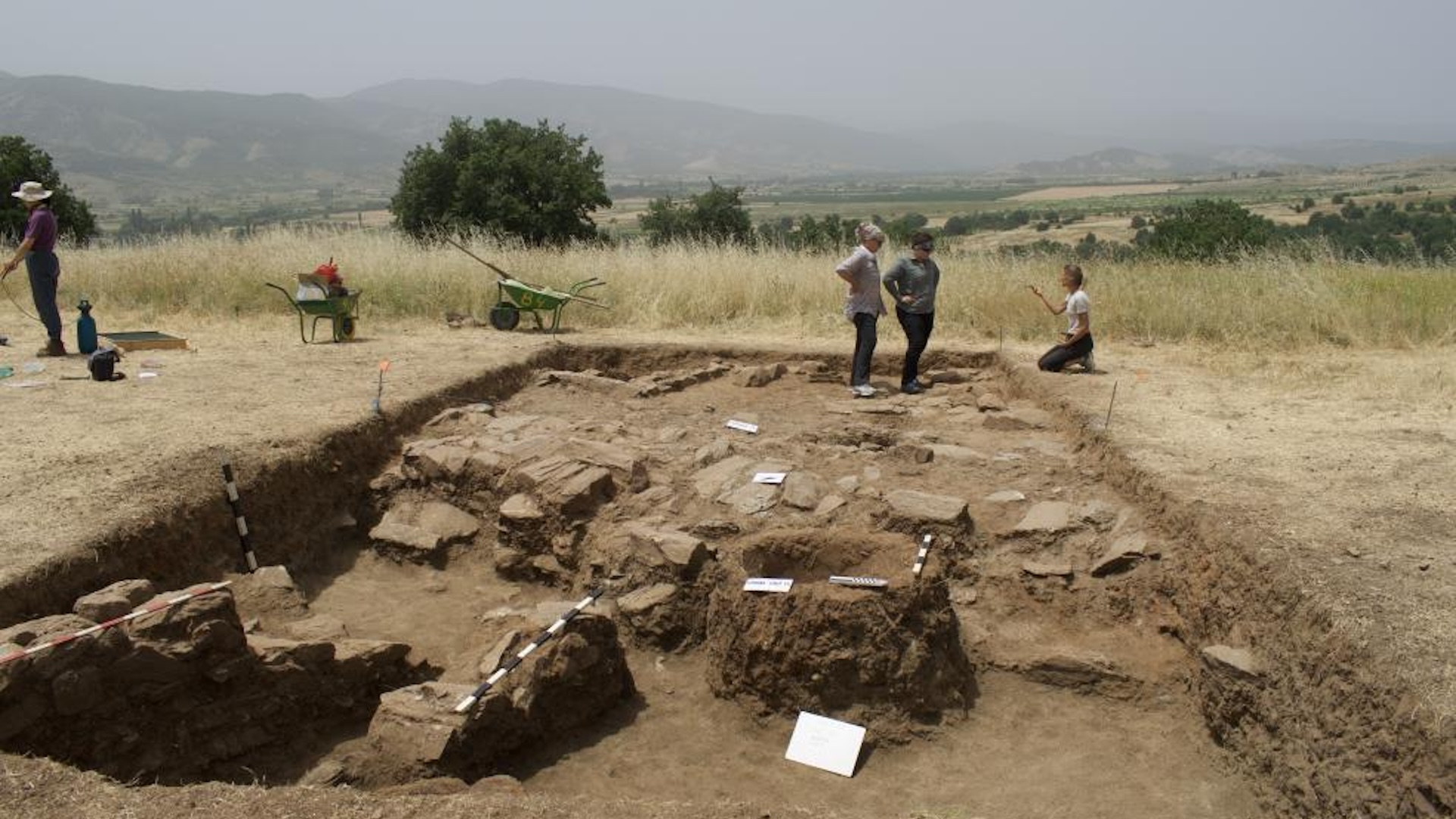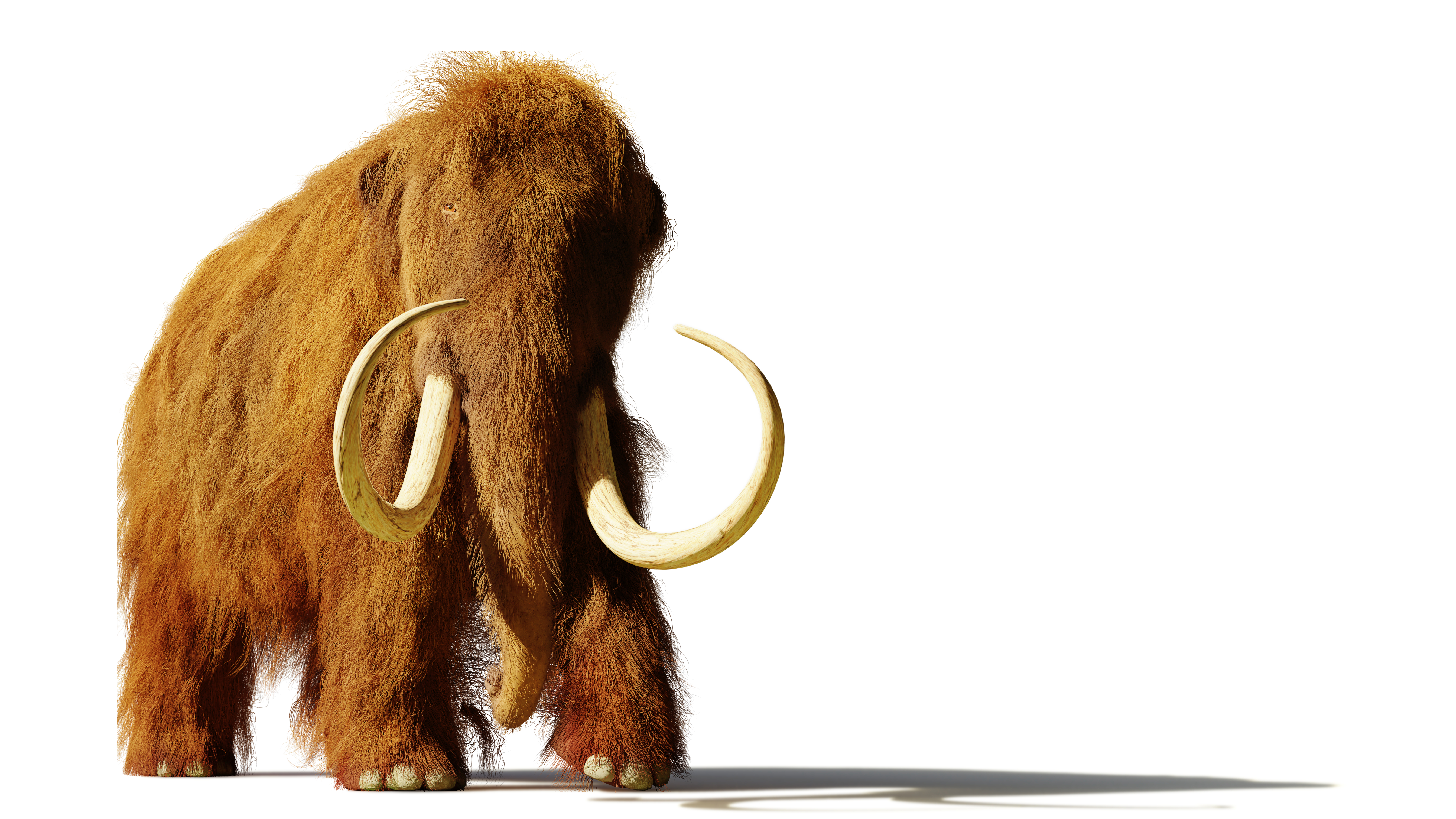6,500-year-old hunting weapons found in Texas cave are among the oldest known in North America
The weapons from a toolkit unearthed in Texas may be the earliest ever found in North America.
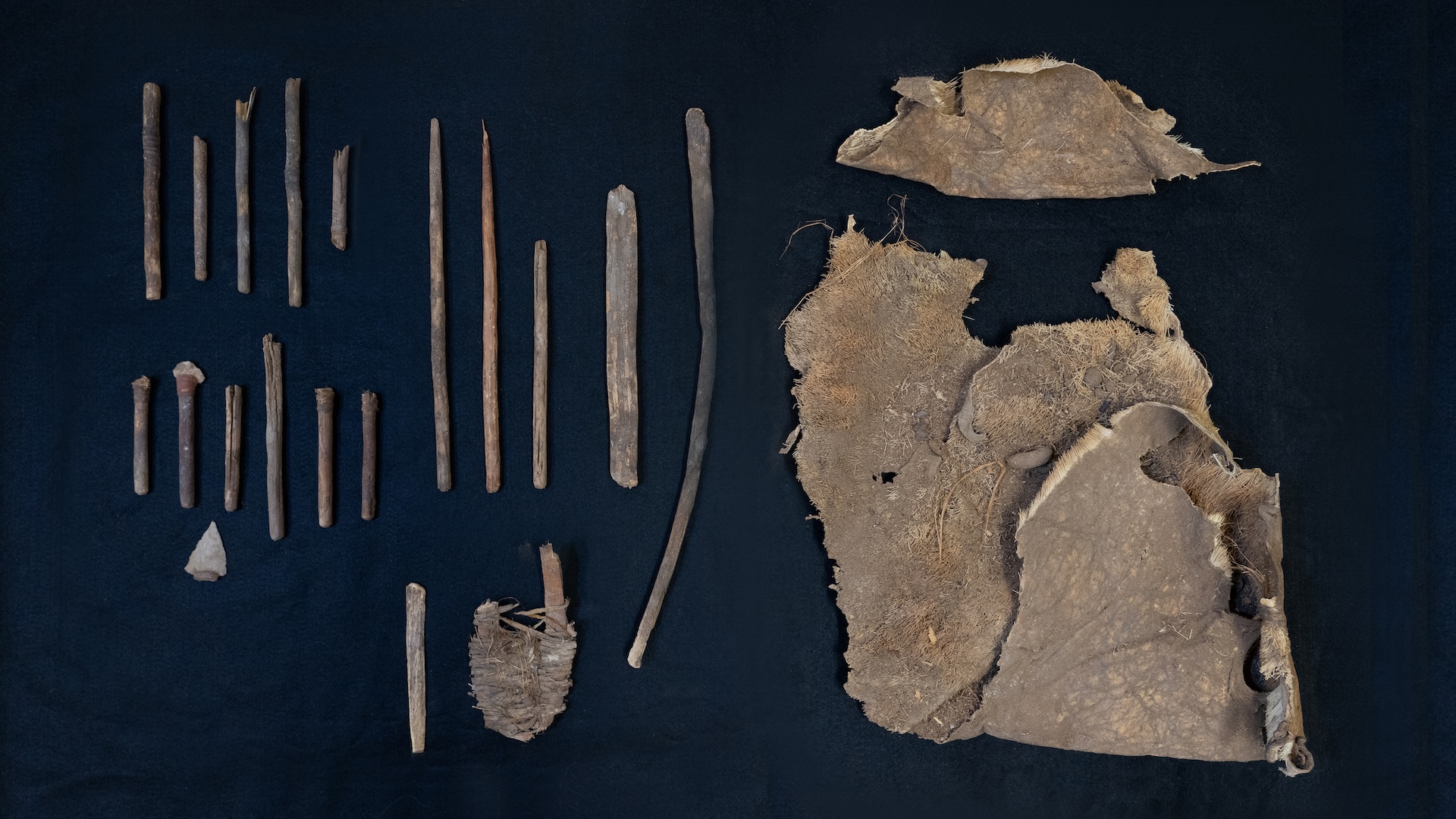
Archaeologists in Texas have discovered a cache of ancient hunting weapons, including the remains of poison darts, that is one the earliest collections of hunting weapons ever found in North America.
The weapons are about 6,500 years old and were unearthed in a cave over several years of excavations there. They seem to make up a system of interchangeable parts for an atlatl, or spear-thrower.
"We found the first pieces in 2020 and then we've found other pieces every year," said Bryon Schroeder, an archaeologist and director of the Center for Big Bend Studies (CBBS) at Sul Ross University in Texas. The team found the most recent weapon last summer and researchers plan to return to the site later this year, he told Live Science.
The finds come from the remote San Esteban rock shelter in the Big Bend region beside the Rio Grande and the border with Mexico, where archaeologists from the CBBS and the University of Kansas have carried out excavations since 2019. They've now found evidence of human activity at the site that dates back 13,000 years or more.
However, all of the weapons were broken, leading archaeologists to suspect that a single person or a small group may have used the cave to sort through and repair their old hunting weapons about 6,500 years ago, Schroeder said.
Related: Tiny, Ancient Native American Weapons May Have Been Used to Train Children to Fight
Ancient weapons
The weapons found so far include a throwing stick, also known as a straight boomerang; four "nock" or notched ends of darts for the spear-thrower; part of the spear-thrower itself; six wooden foreshafts for darts with sharp stone points; and four hardwood foreshafts that the archaeologists think were used for poison darts.
Sign up for the Live Science daily newsletter now
Get the world’s most fascinating discoveries delivered straight to your inbox.
Radiocarbon dating suggests the spear-thrower is older than the foreshafts for the darts, but Schroeder thinks that may be because older wood was used to make it — a common issue with ancient wooden artifacts known as the "Old Wood Problem."
CBBS archaeologist Devin Pettigrew told Texas Parks and Wildlife magazine that the weapons were all broken, but nearly all components of the atlatl system had been found.
"We don't yet have the socket ends [that] we need to understand how the foreshafts attach to the main shafts," he told the magazine. "We're also missing the proximal [or handle] end of the atlatl, but we know enough about this type to reconstruct what it may have looked like."
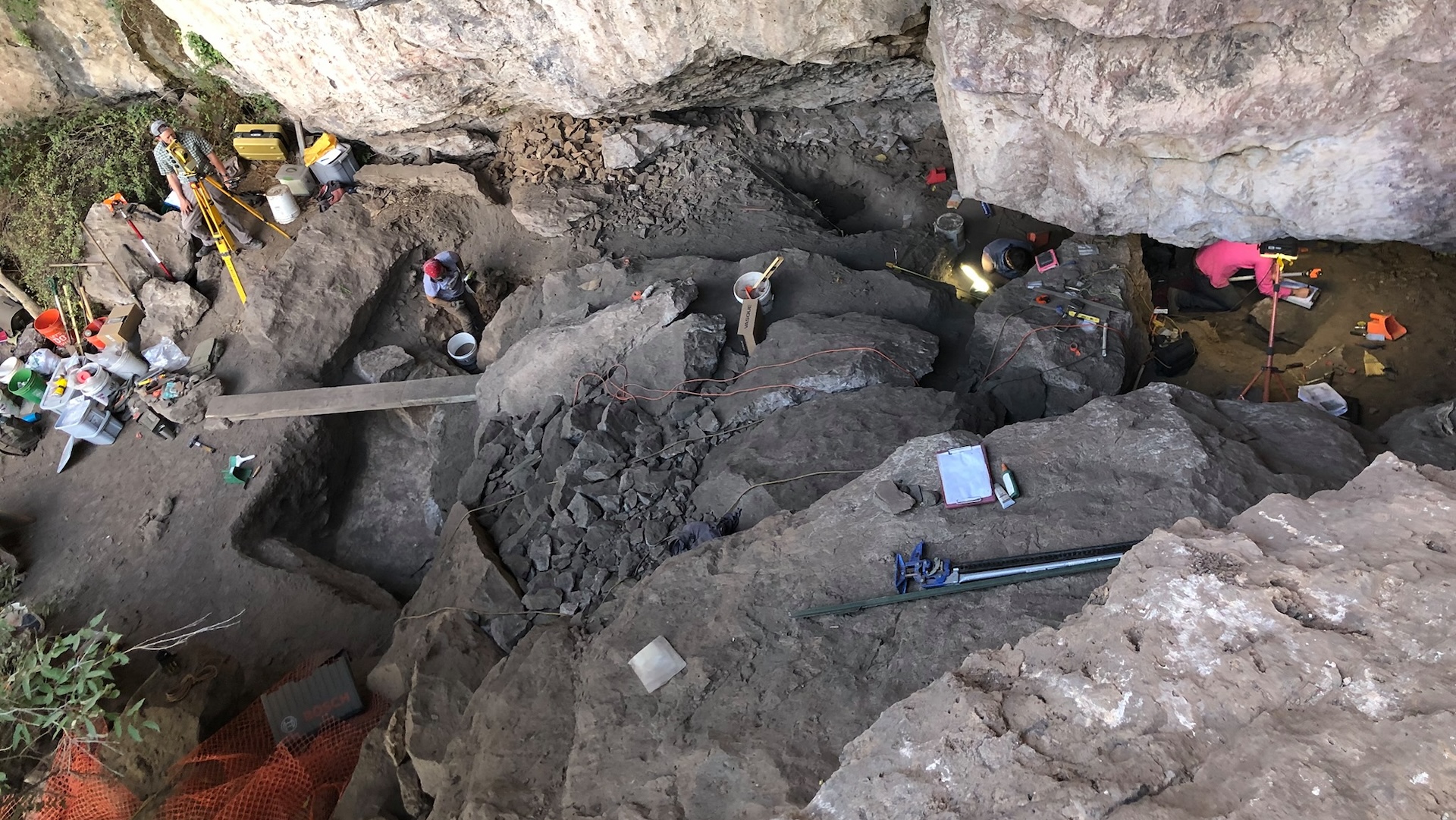
The ancient weapon were unearthed over several years from a remote rock shelter and cave in the Big Bend region of Texas.
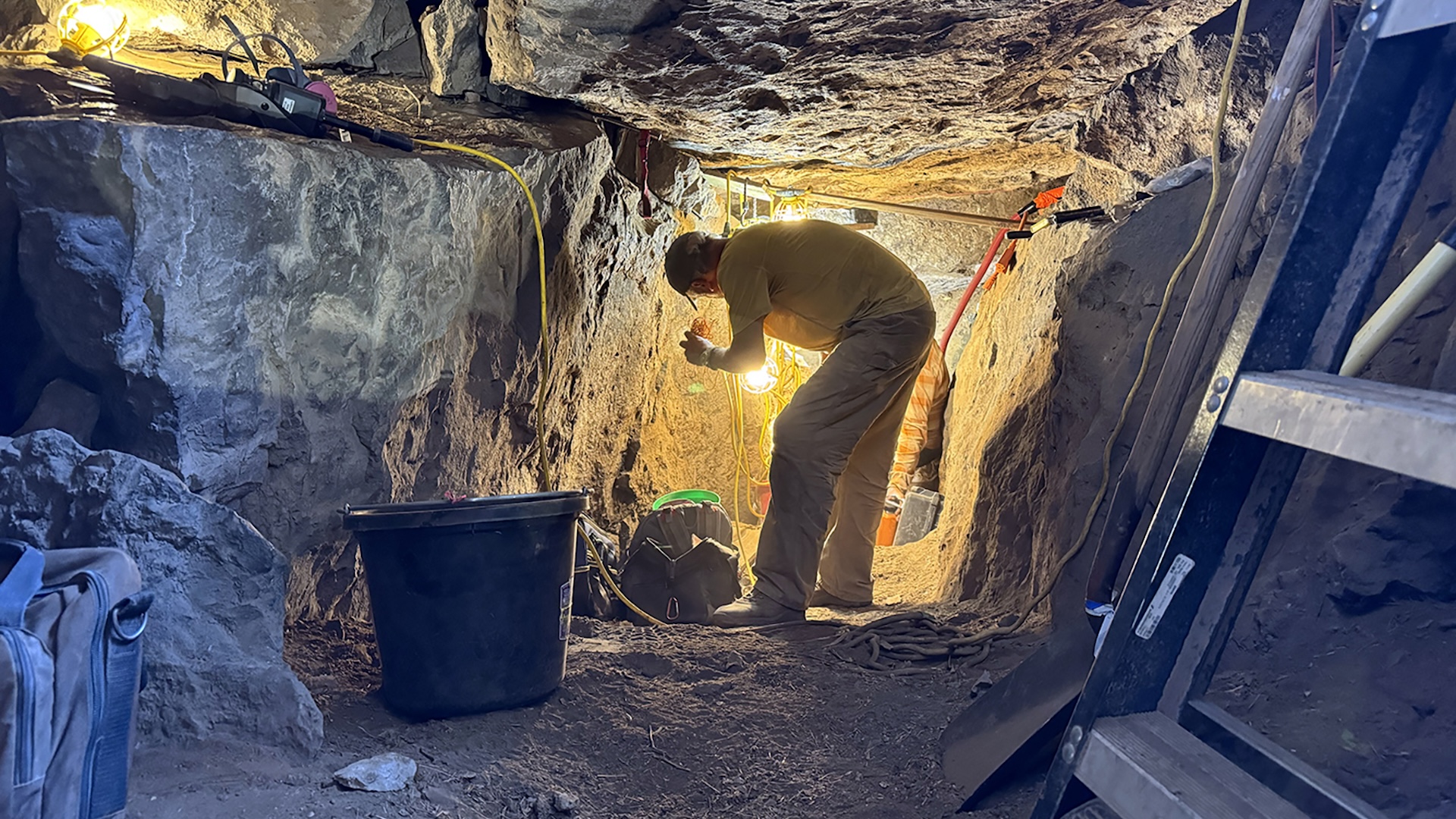
Teams of archaeologists have excavated several parts of the rock shelter and cave since 2019.
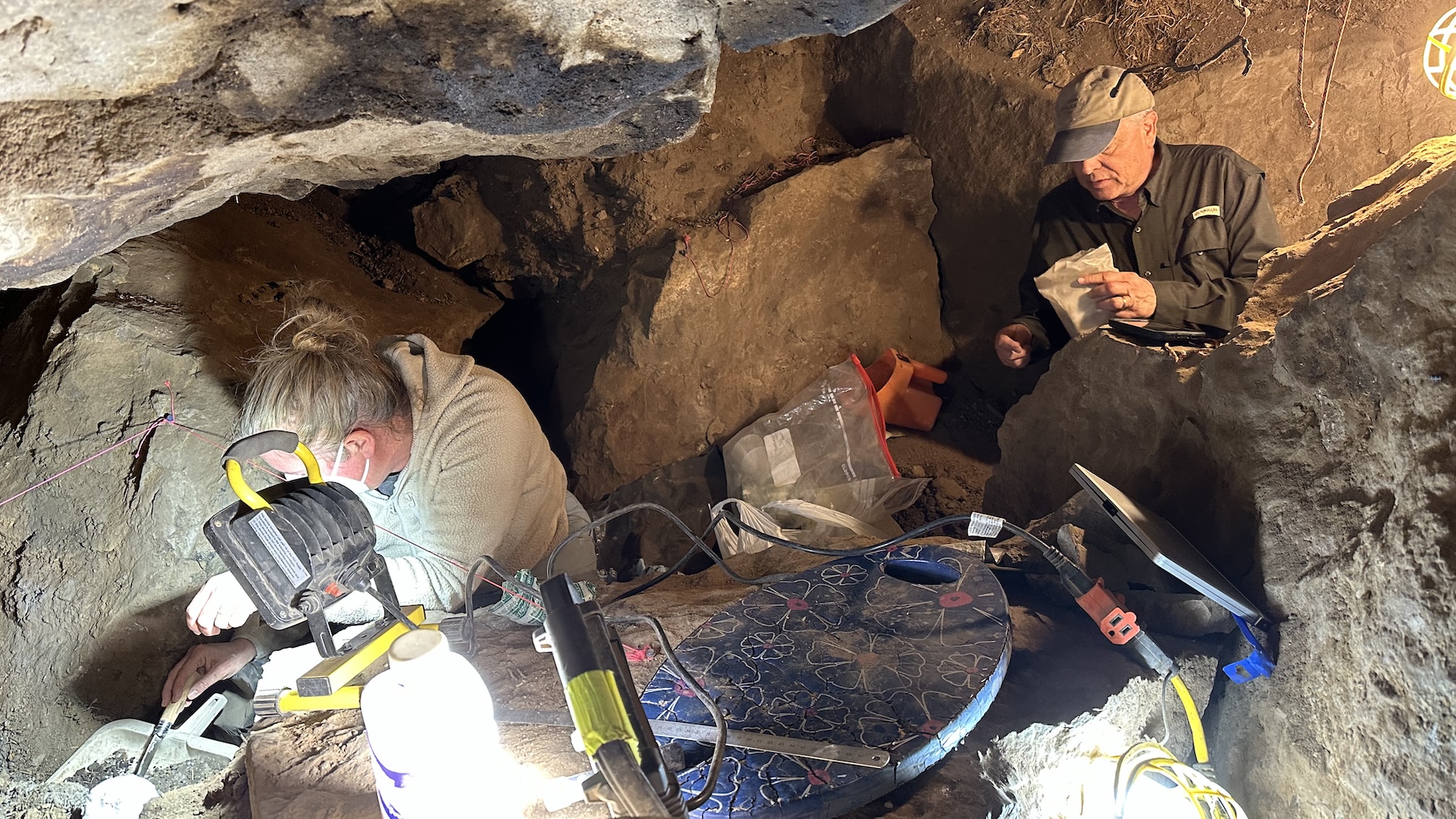
The pieces of weapons have been excavated over several years from a particular part of the cave behind the rock shelter and may be the oldest found in North America.
Pettigrew was also enthusiastic about the "straight boomerang" found at the site. Historically, boomerangs aerodynamically shaped to return to the thrower were used as toys or for hunting birds. But straight boomerangs, like the weapon found in the San Esteban rock shelter, flew straight and were heavy enough to kill or incapacitate small animals. These straight boomerangs have been found all over the world, with the oldest coming from Poland and dating to about 30,000 years ago.
Cave artifacts
As well as the cache of weapons, the archaeologists excavating the cave have also found an ancient fireplace or "hearth"; coprolites, or fossilized human feces; and the folded-up hide of a pronghorn (Antilocapra americana) — an antelope-like animal native to North America.
The pronghorn hide had been tanned — that is, cured by some method to prevent decay — and much of its fur was still there after more than 6,000 years. (Objects made of wood or leather often rot away entirely, but the region's arid climate may have preserved them here.)
Schroeder said many bone fragments found at the site suggested that pronghorns were one of the main prey animals for the prehistoric hunters who occupied the rock shelter.
The archaeologists are now examining other bone fragments from the cave to determine which additional animal species the ancient people there hunted, and perhaps how they butchered the animals for food.
Tom Metcalfe is a freelance journalist and regular Live Science contributor who is based in London in the United Kingdom. Tom writes mainly about science, space, archaeology, the Earth and the oceans. He has also written for the BBC, NBC News, National Geographic, Scientific American, Air & Space, and many others.
You must confirm your public display name before commenting
Please logout and then login again, you will then be prompted to enter your display name.



